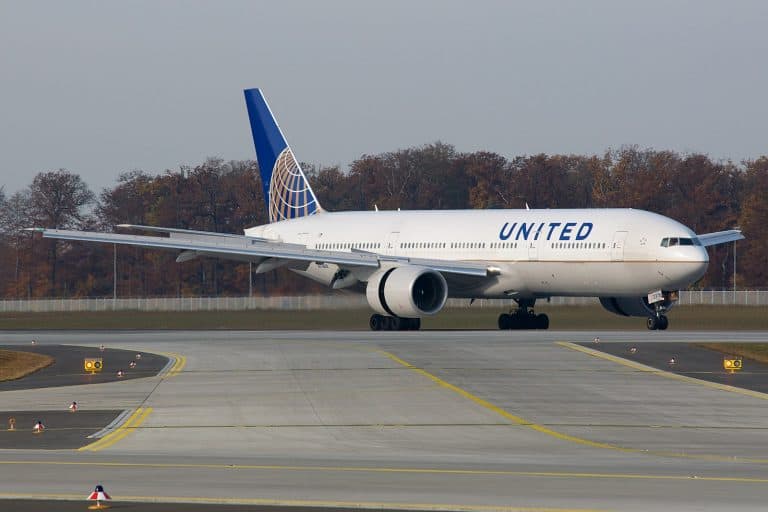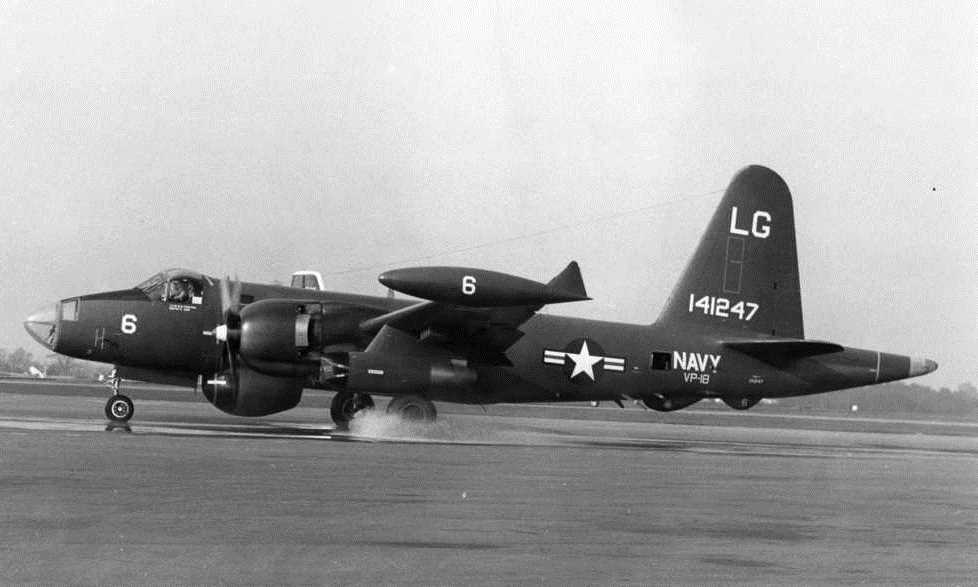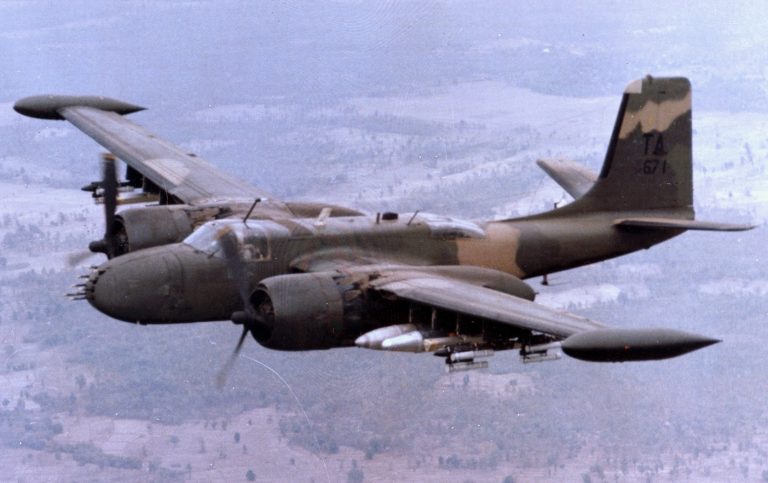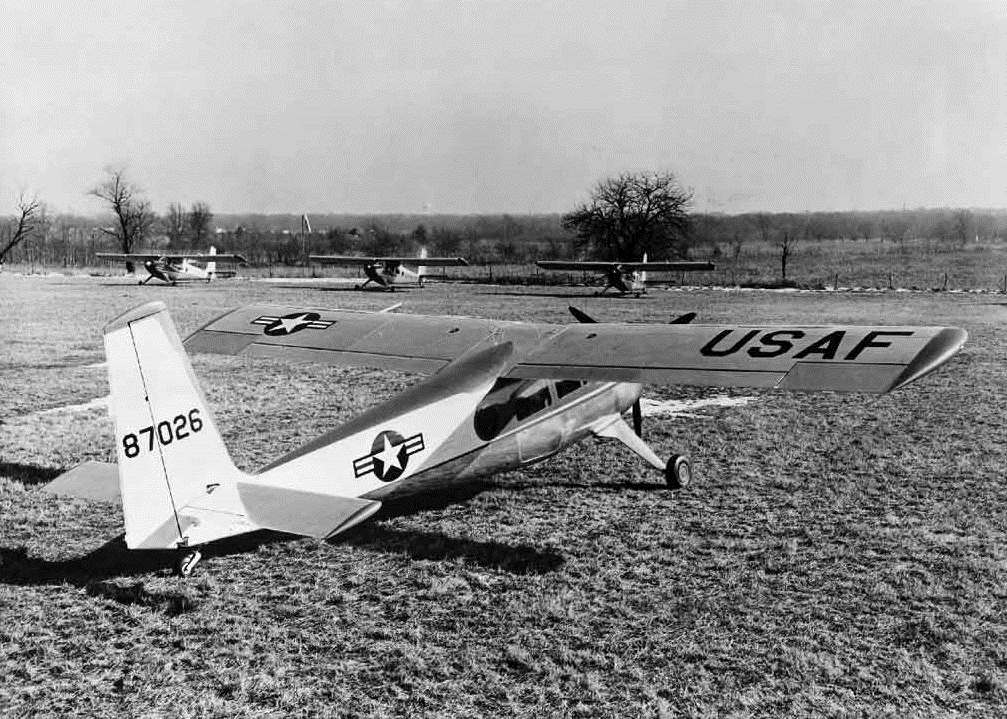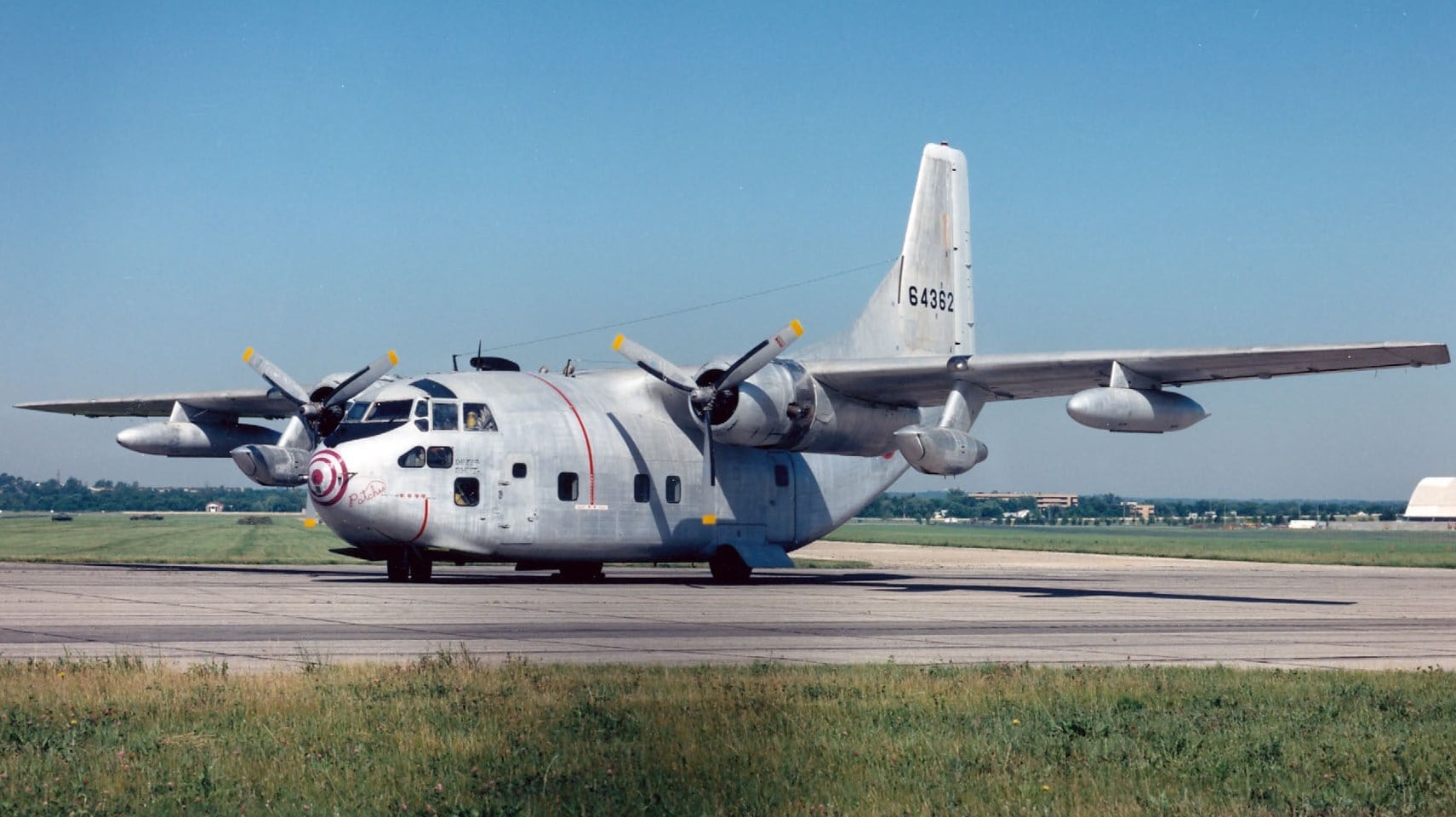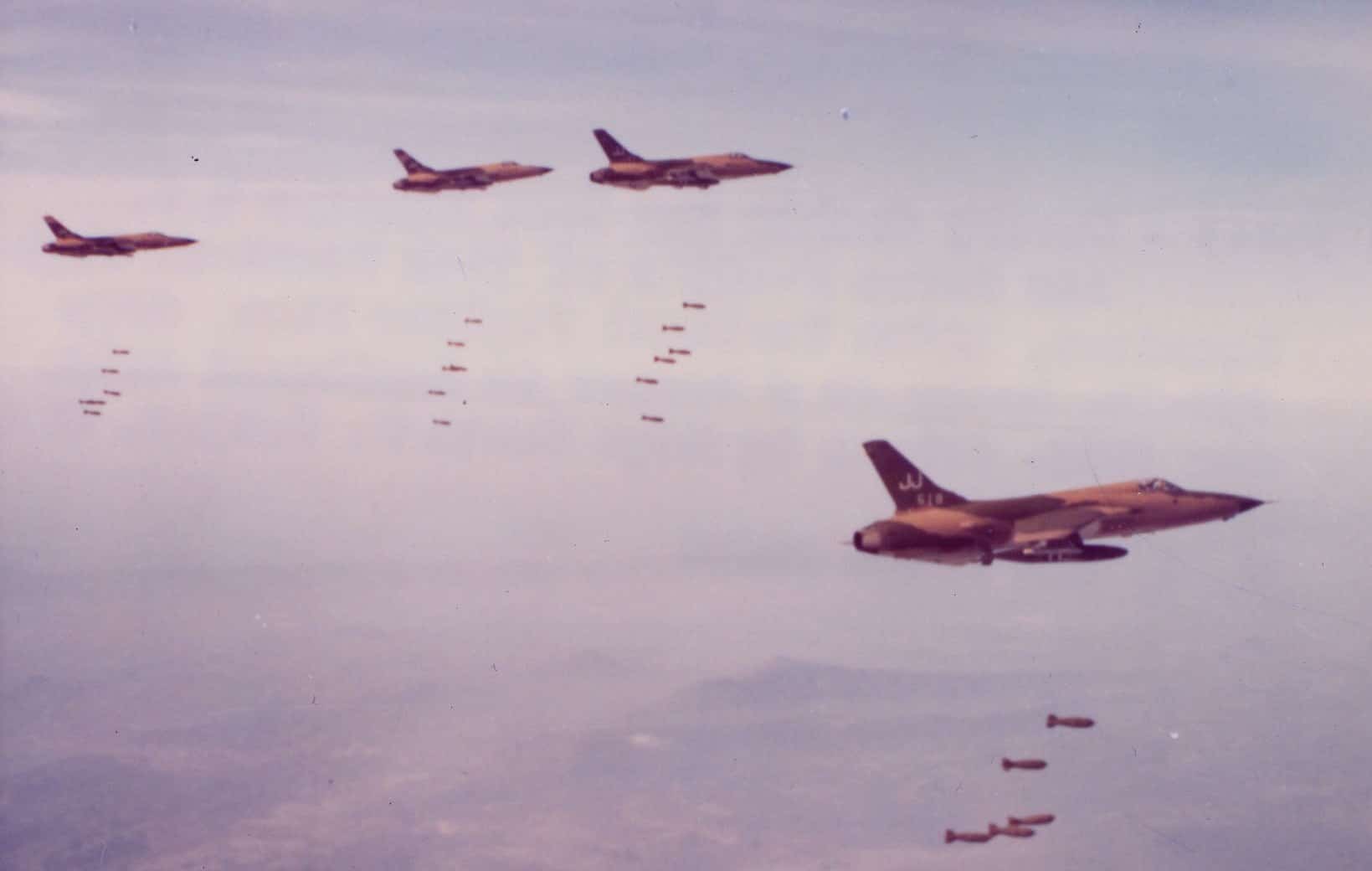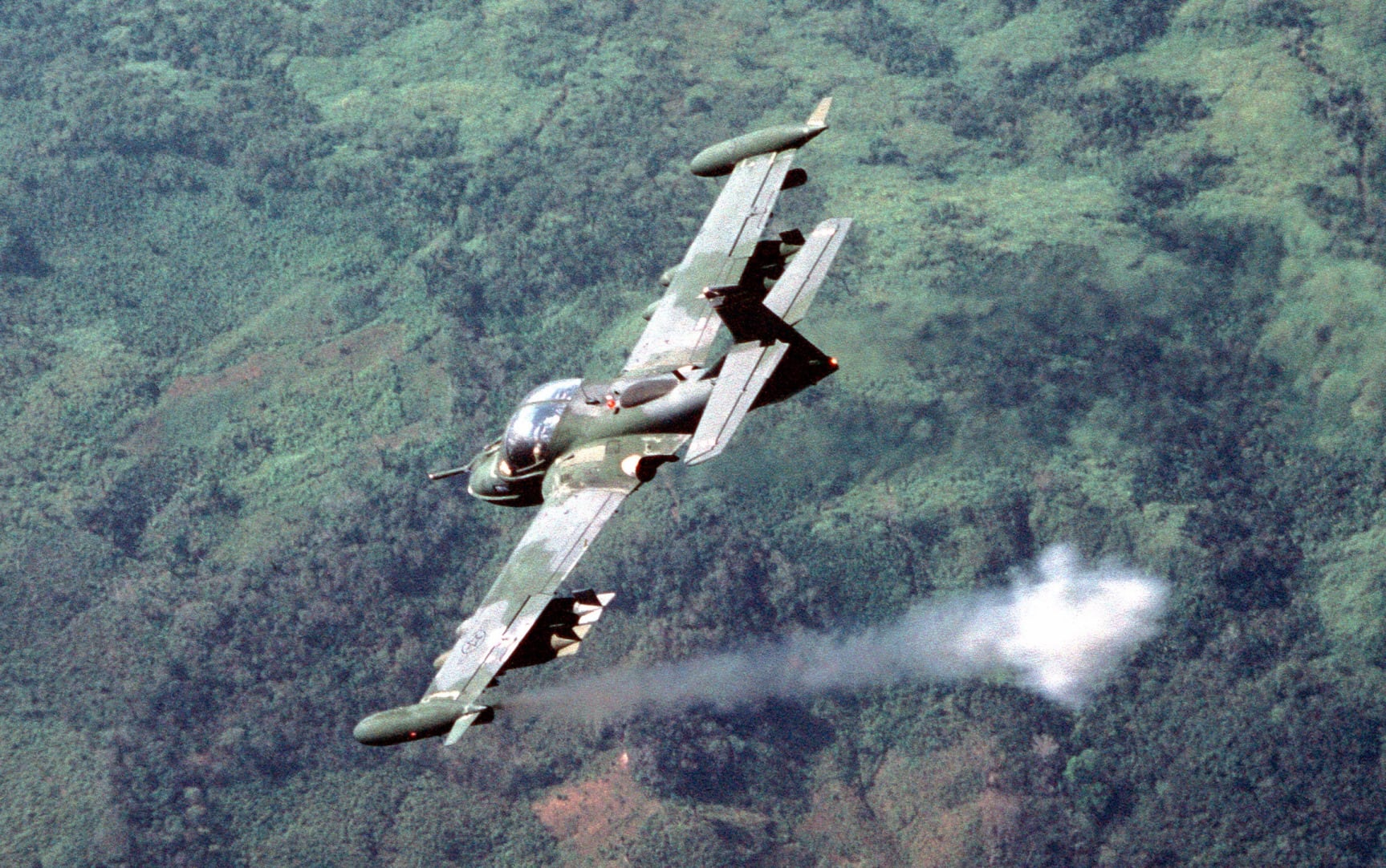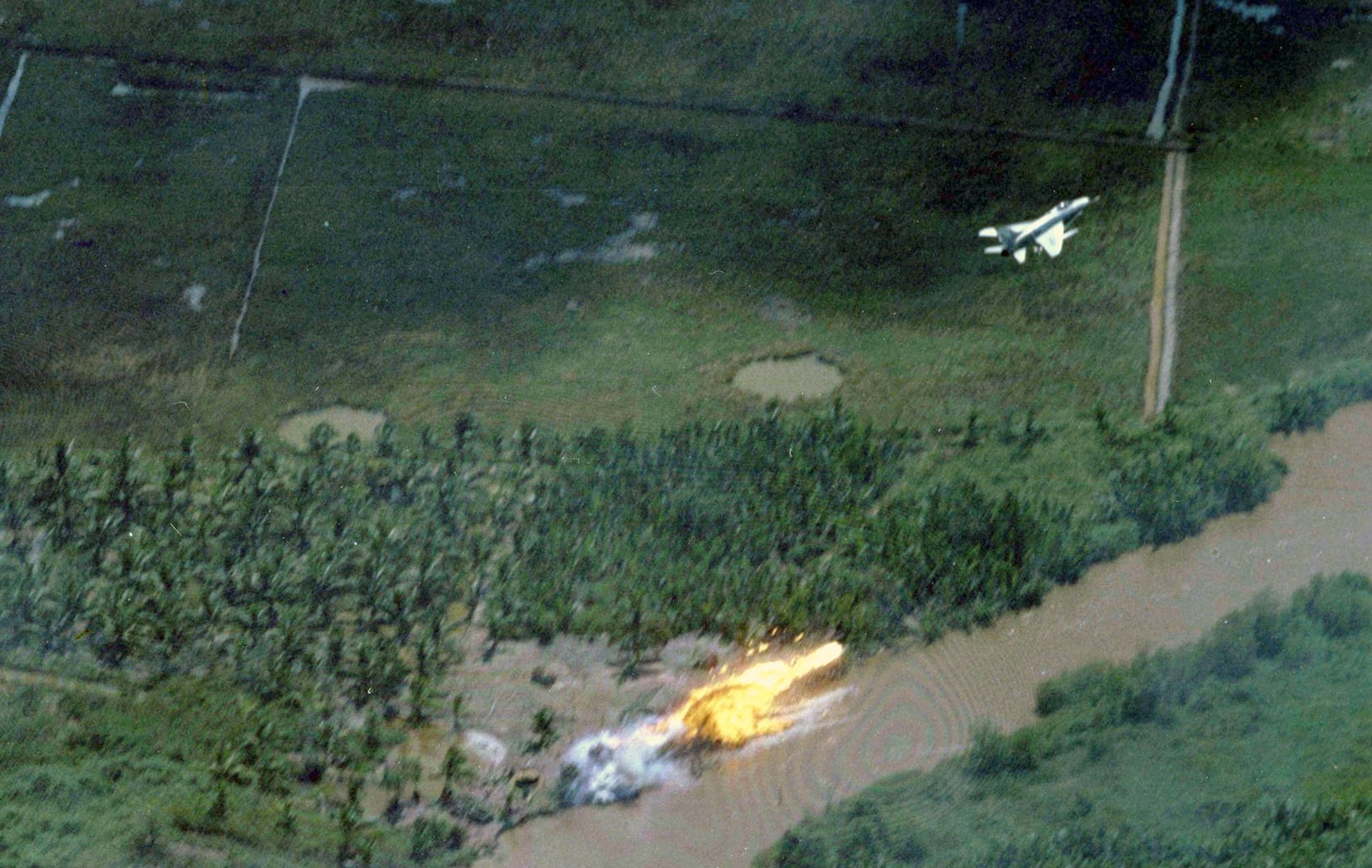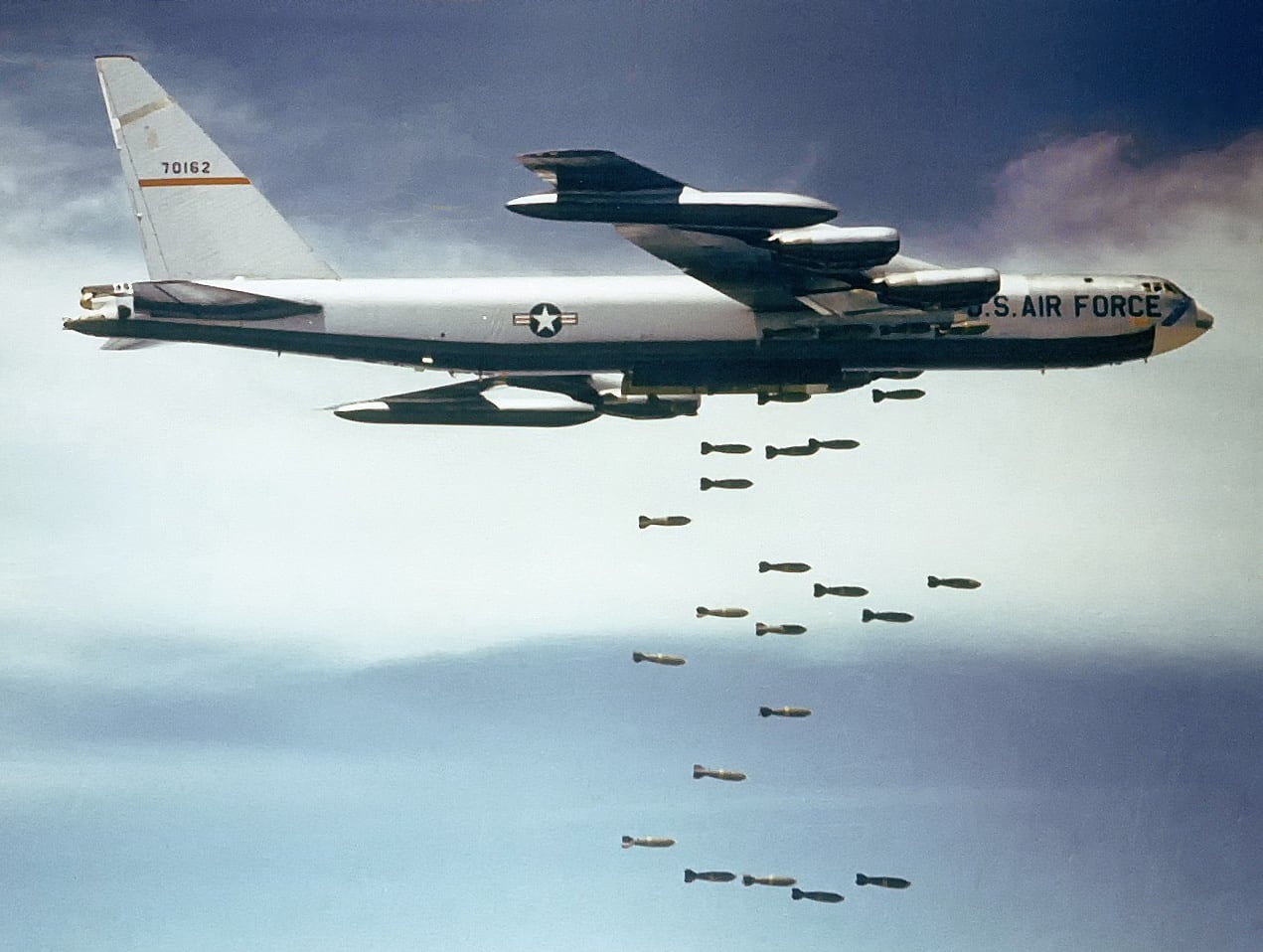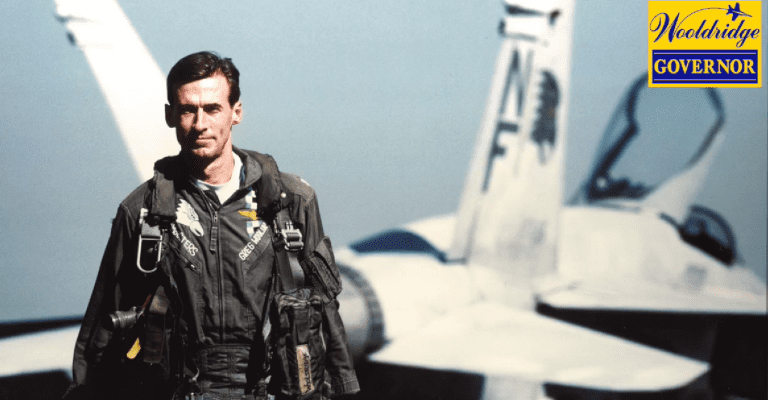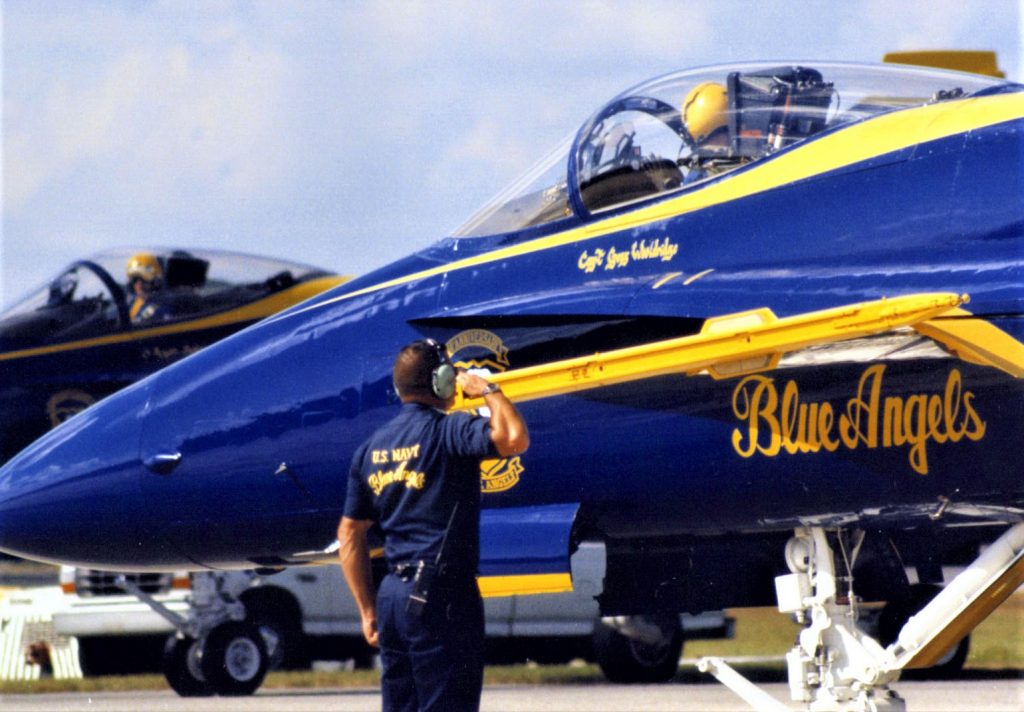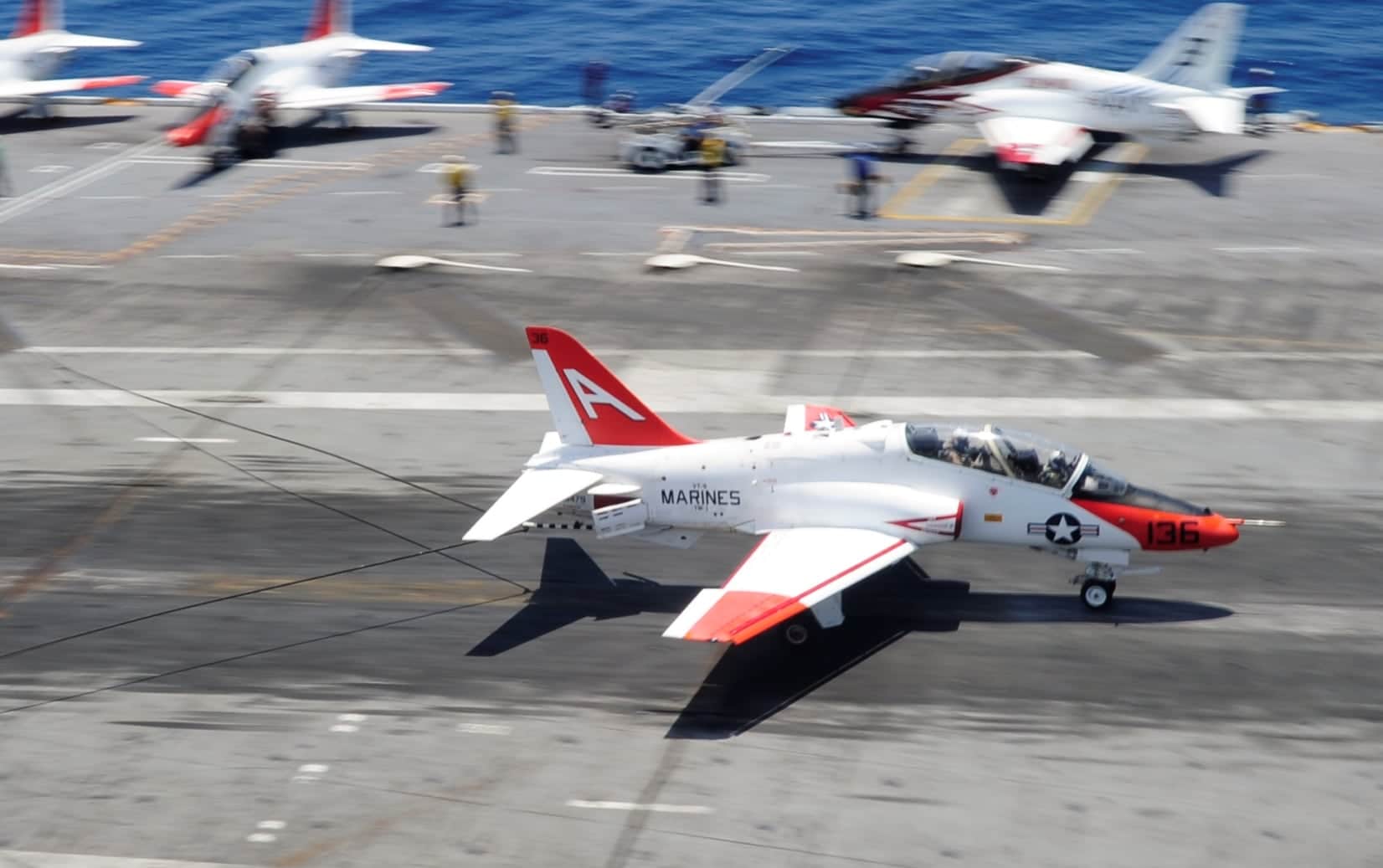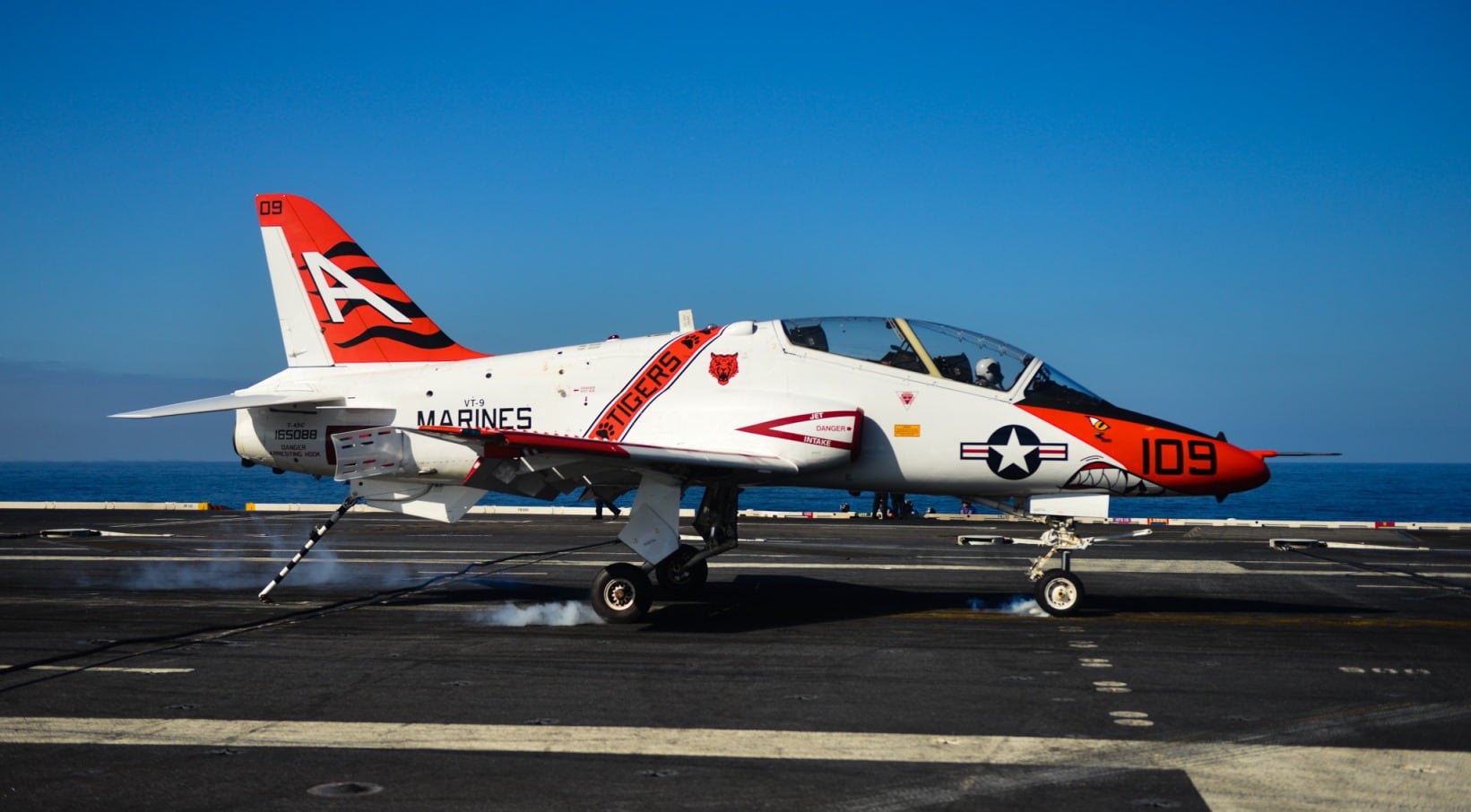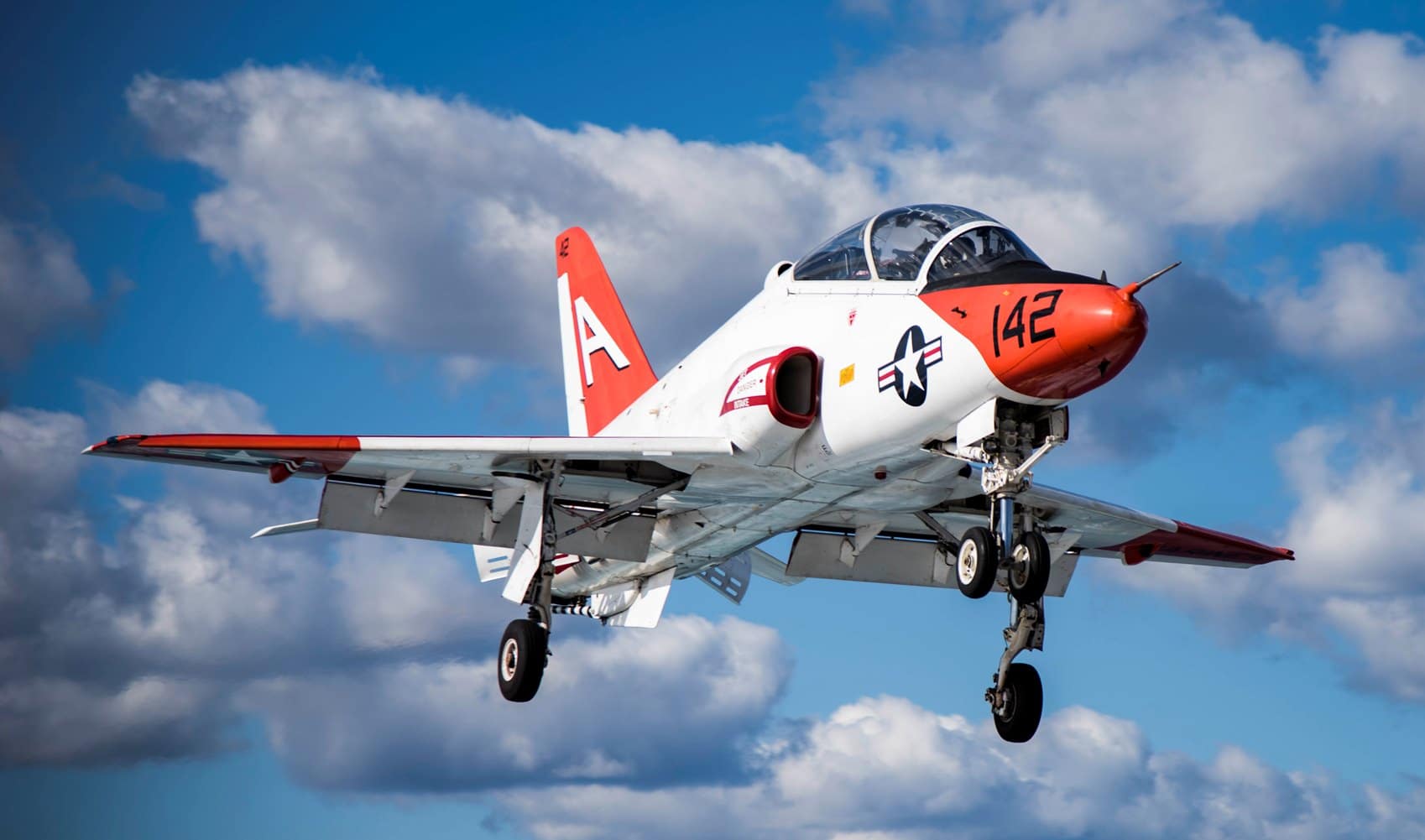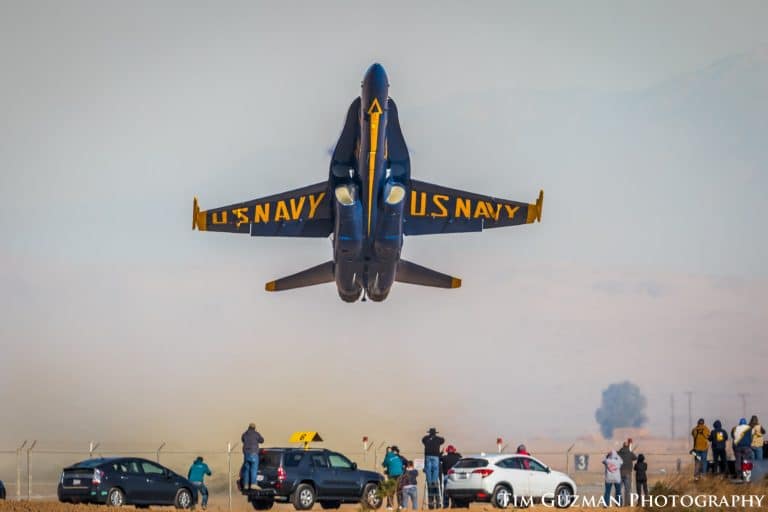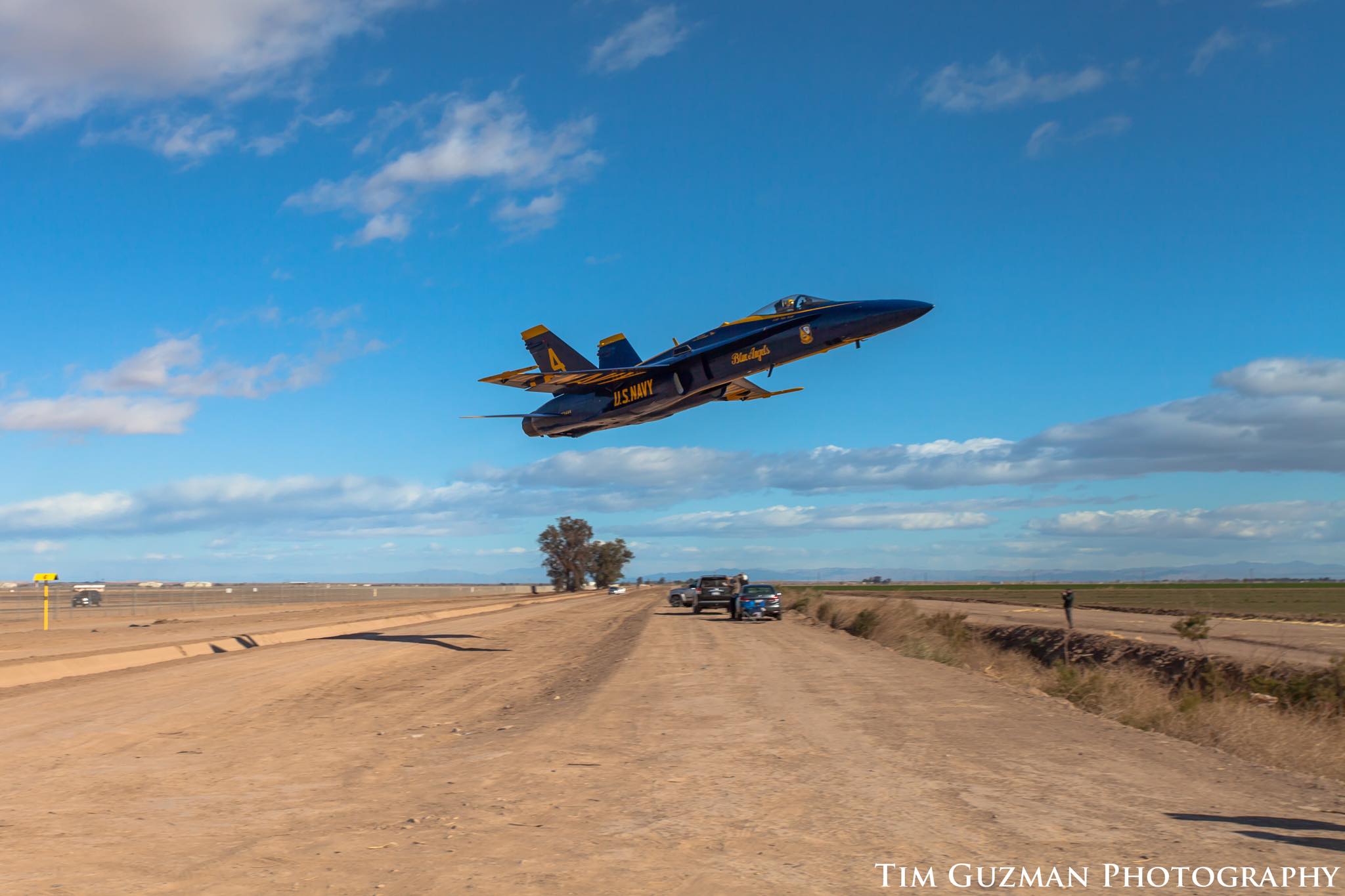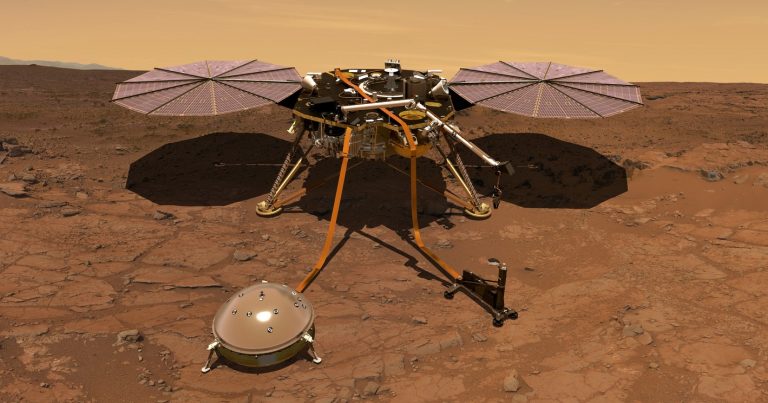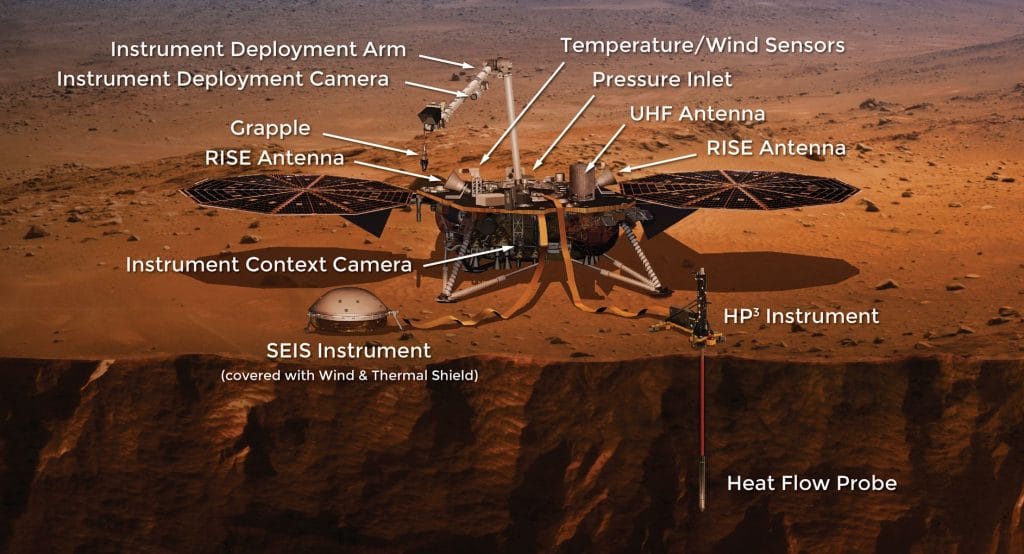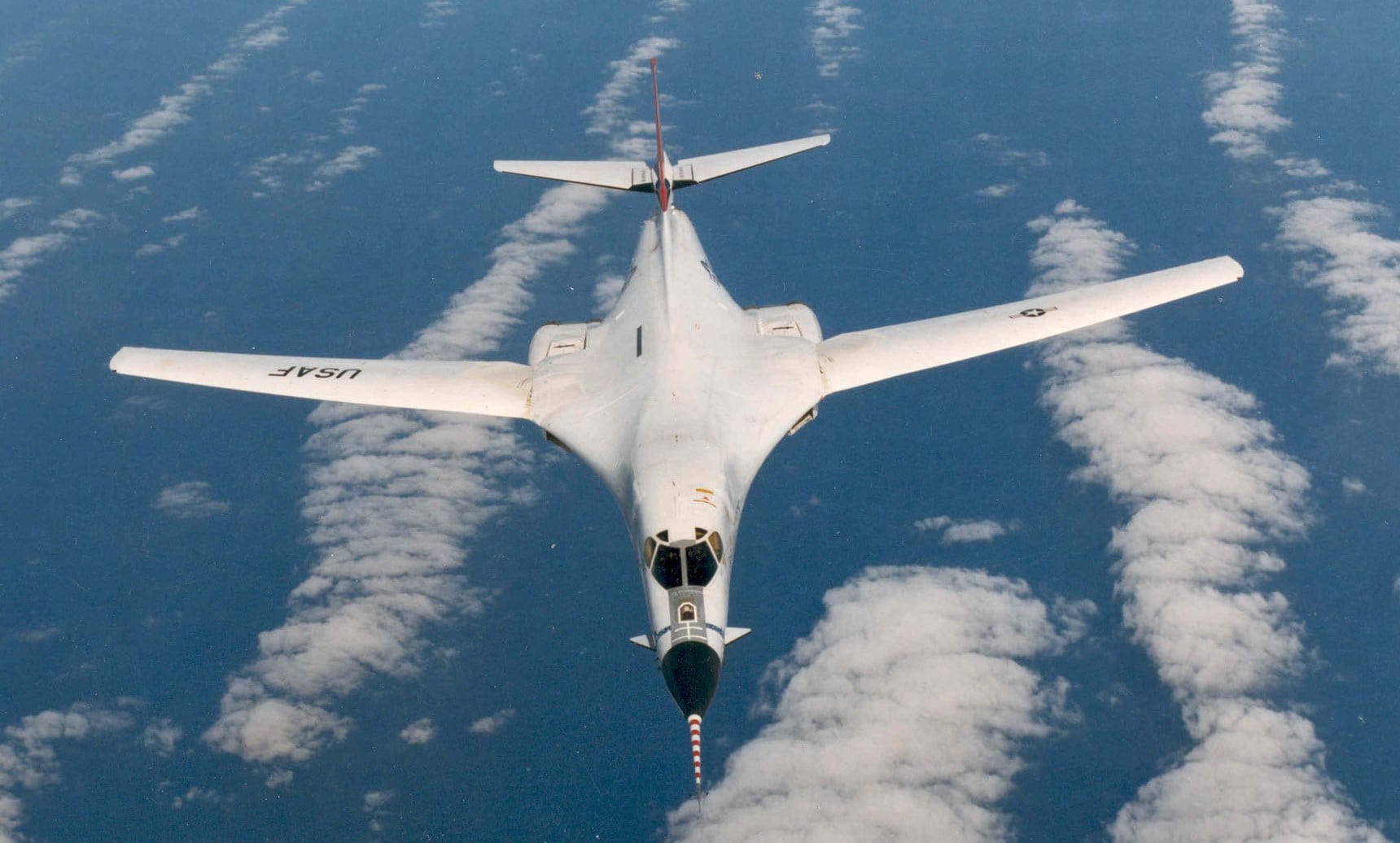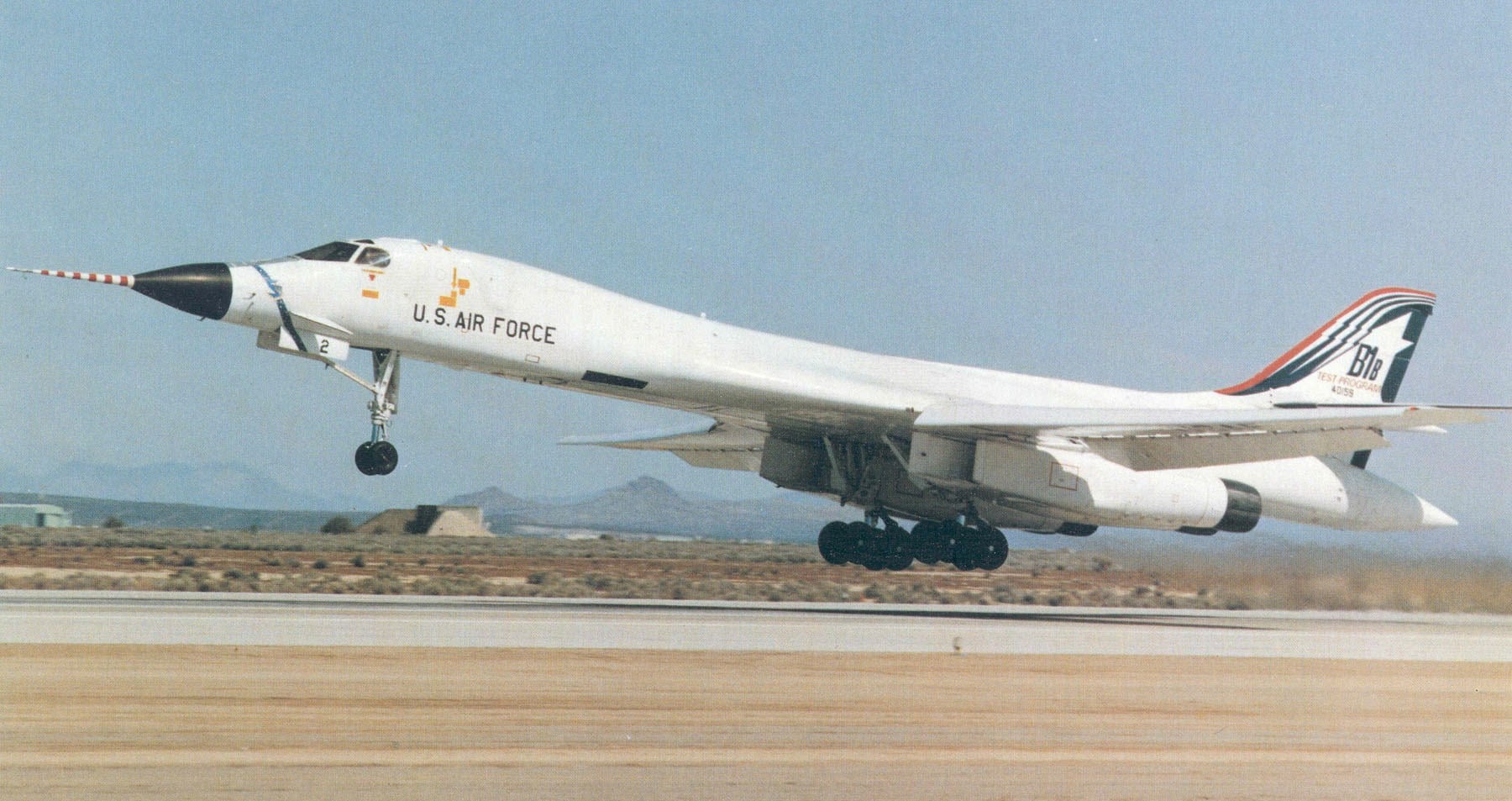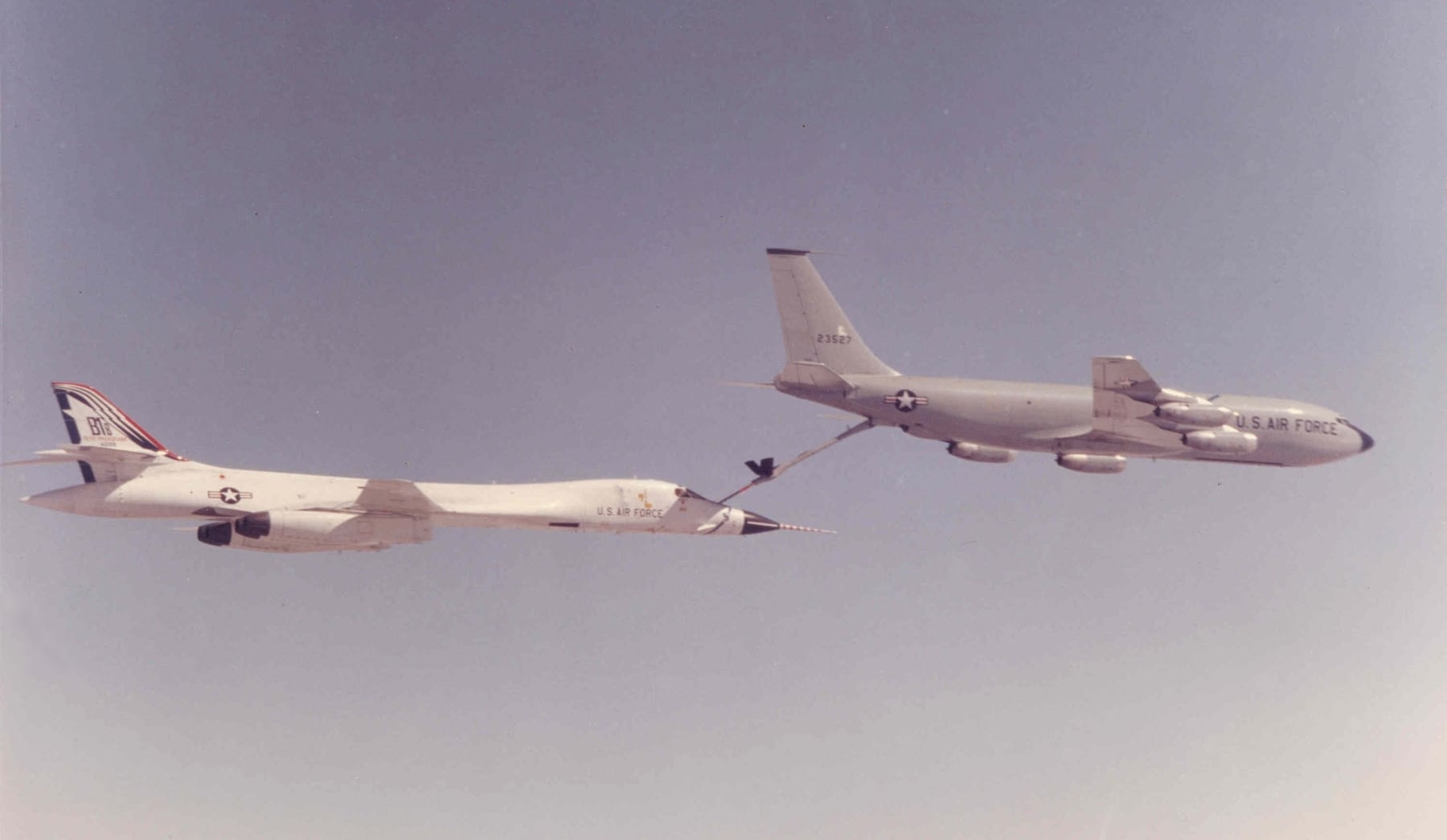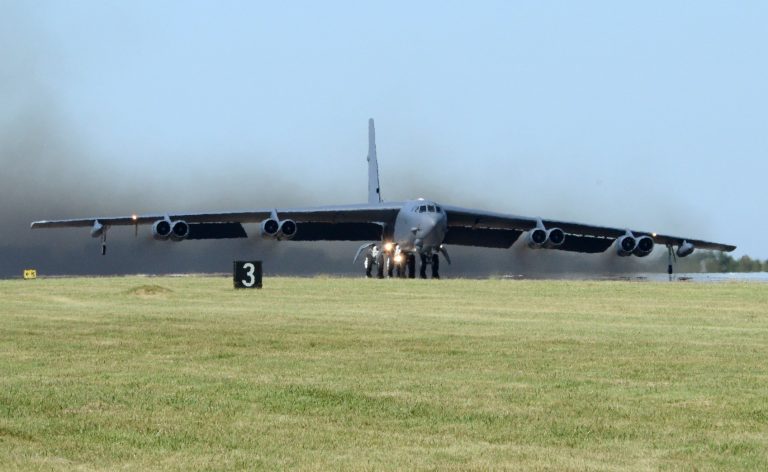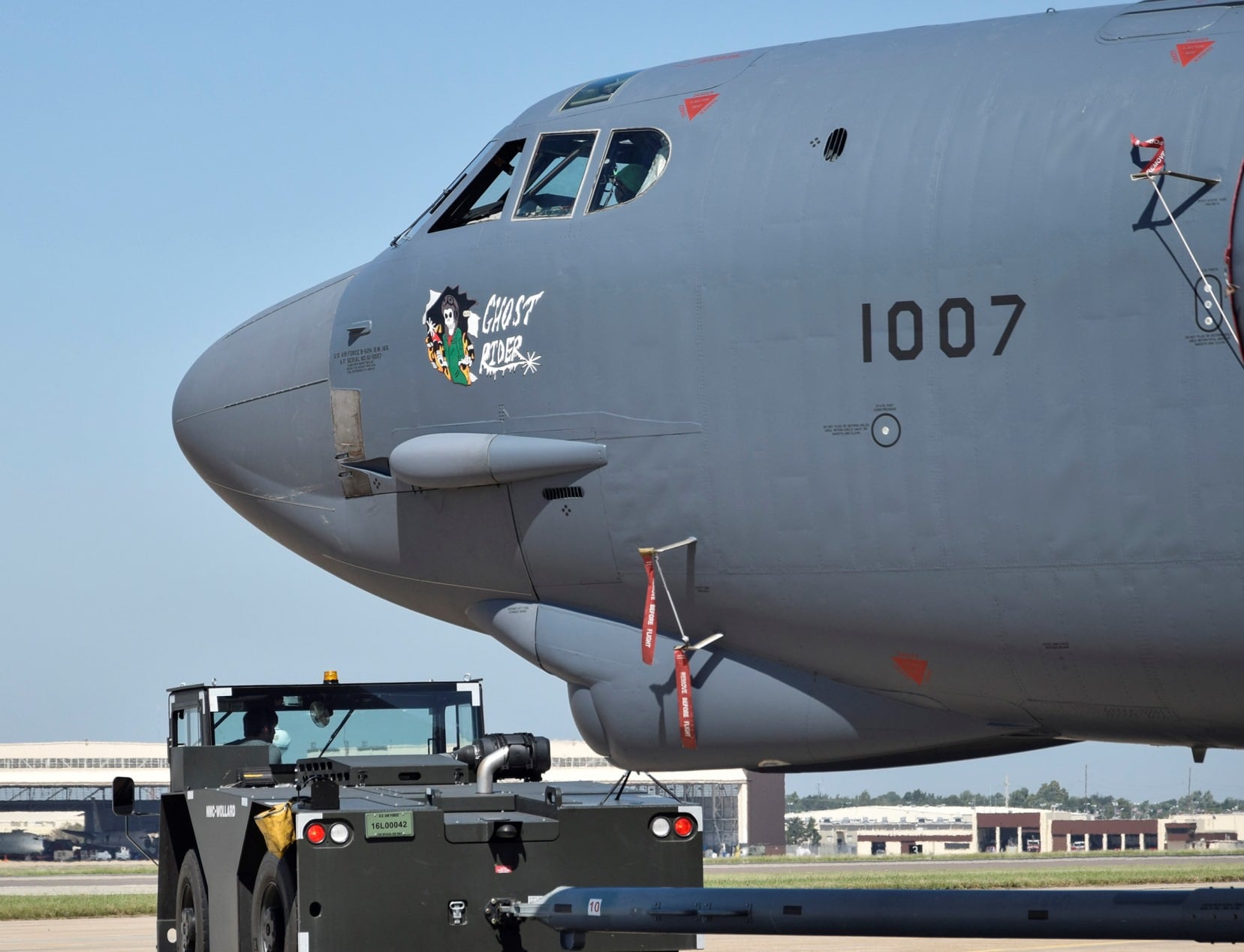In the United Airlines’ corporate offices on West Wacker Drive in Chicago, President and CEO Scott Kirby says he is “pressing the pause button” on a recently introduced lottery bonus program for employees that unleashed a firestorm of criticism on the internet. Employees posted comment after comment denouncing the program, after realizing it was a sneaky way for United to avoid shelling out tens of millions of dollars in bonuses.
Under the new plan, only a handful of employees would have been rewarded with prizes such as $100,000 in cash and a Mercedes-Benz. Sounds good, except for the fact that most employees would be left out. The new plan would have replaced modest monthly bonuses for a large number of employees with big prizes for a lucky few.
Outraged employees rallied by signing an online petition on internal forum, Flying Together. The petition was signed by over 1,700 workers. Some commented that corporate executives are out of touch, saying, “This is NOT a way to boost morale! It does quite the opposite. I wonder what kind of bonus was given to those in the big tower who came up with this nonsense. They obviously don’t realize how this can affect some workers. Upper management is extremely out of touch with the average worker.”

Other employees accuse United of pulling the wool over employees eyes in a move right out of American Airlines’ playbook, “When my friends at American Airlines warned me about things that would be coming out way with our leadership, I didn’t believe them. I do now. Whoever thought this would be a good plan, should be ashamed of themselves.”
Paying performance-related bonuses to workers cost United about $87 million for the full year 2017, while the lottery system would have cost only about $18 million. Simple math proves that, indeed, if the lottery would have remained in place, the airline would have paid out much less and a lot of employees would get way less.
After the much-publicized (and dare we say unexpected) backlash, United’s CEO informed employees Monday that the company is reconsidering the lottery bonus program, stating “Our intention was to introduce a better, more exciting program, but we misjudged how these changes would be received by many of you,” he wrote. “So, we are pressing the pause button on these changes to review your feedback and consider the right way to move ahead.”
So it appears as if it is pause, and possibly, rewind and delete for this hugely unpopular lottery-based bonus program to the relief of thousands of United employees. Score one for the online petitioners!

